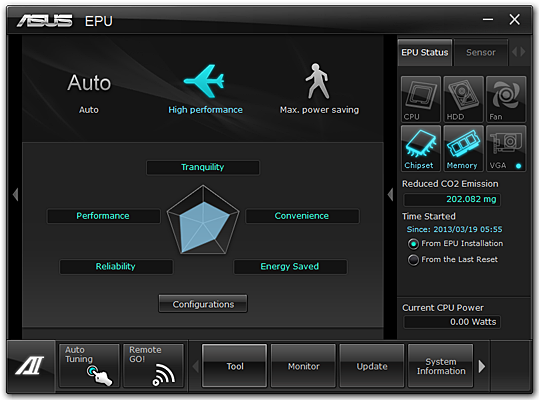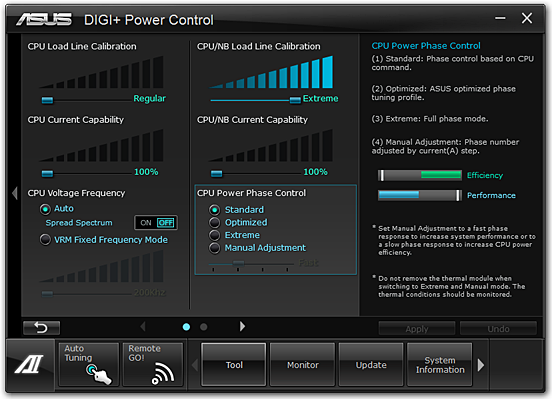Three AMD 990FX-Based Motherboards For Enthusiasts
AMD’s flagship FX-series processors squarely target enthusiasts with sub-$1,000 system budgets, and it's hard to get there with an expensive motherboard. We requested every vendor's top-value solution, and received three boards for your consideration.
M5A99FX Pro R2.0 Software
Asus includes a fairly broad software suite with most of its current enthusiast-oriented motherboards, adding for example its Network iControl packet prioritization software and Remote Go suite to enable file sharing, media streaming and PC remote control from wireless devices.
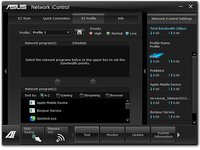
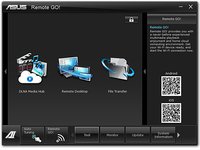
Asus Ai Charger+ continues to add quick-charge capability to Battery Charging 1.1-compliant devices, as well as Apple products, and USB Boost continues to add UASP support for USB 3.0 devices and turbo mode for USB 2.0 devices. Asus Fan Expert provides a little more granularity compared to the automatic programming of most competing products.

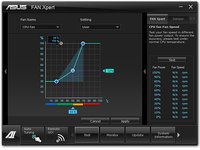
Asus EPU sets power profiles to optimize efficiency, but its benefits were extremely limited in our system. Its “Max Power Savings” setting gave us approximately the same idle power as the bare system without this software, its “High Performance” setting gave us around the same performance and full-load power consumption as a management-free installation, and the only downfall was the “High Performance” mode kept our processor from idling down as far as a management-free installation.
Asus Digi+ is a few steps farther towards overclocking assistance, adding, for example, the Load-Line calibration setting needed to keep voltage stable under changing loads.
Auto Tuning includes a basic overclock profile for its “fast” setting, and a smart overclock under the “Extreme” setting. The smart overclock performs stability tests and attempts to increase clocks further than the “Fast” profile. Yet, both methods resulted in the same 4.32 GHz frequency on our CPU.
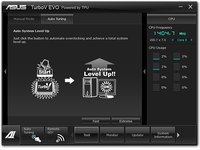
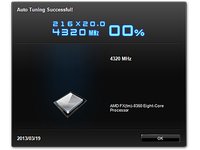
Manual overclockers will prefer TurboV Evo’s manual mode, which addresses the full range of base clock, voltage, and CPU ratio settings also found in firmware.
Asus PC Probe II keeps track of voltage, temperature, and fan speed data, while Sensor Recorder plots a history of these stats over time.
Get Tom's Hardware's best news and in-depth reviews, straight to your inbox.
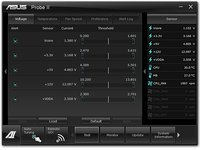

Current page: M5A99FX Pro R2.0 Software
Prev Page Asus M5A99FX Pro R2.0 Next Page M5A99FX Pro R2.0 Firmware-
designasaurus "if we diminished most of those power differences by not installing Asus' power management software at default settings, the company would have likely matched the performance of Gigabyte and ASRock."Reply
Don't speculate! Do the tests and add it to the article so we can see what the software packages are actually accomplishing! That's why I read your site, yeah? For hard info that I can't get myself. -
bgunner designasaurus"if we diminished most of those power differences by not installing Asus' power management software at default settings, the company would have likely matched the performance of Gigabyte and ASRock."Don't speculate! Do the tests and add it to the article so we can see what the software packages are actually accomplishing! That's why I read your site, yeah? For hard info that I can't get myself.I totally agree with this statement. The test should have been done and added into the article because this would of been a good representative of the value of the software. I would like to know for a fact if the software was a hindrance to the electrical efficiency of the Asus and Gigabye boards.Reply -
Crashman bgunnerI totally agree with this statement. The test should have been done and added into the article because this would of been a good representative of the value of the software. I would like to know for a fact if the software was a hindrance to the electrical efficiency of the Asus and Gigabye boards.At least the power was measured and mentioned, even if it didn't get into the chart.Reply
-
bit_user AMD's 890FX was an excellent low-cost server platform, in its day. Great I/O, tons of PCIe lanes, 6-channel SATA3, and ECC support. All with boards and CPUs in the desktop price range that were close to being performance competitive with Intel (when they were introduced, at least).Reply
Now, AMD is just slipping too far behind. Not just on the CPU front, but like how about some PCIe 3?
I'm waiting for 64-bit ARMs to hit the desktop. That's probably the next truly interesting thing on the horizon.
-
boulbox Reply10596062 said:Aren't the 990FX chipsets kind old?
Yes, but not a lot of new things need to be offered anyways. PCIe 3.0 is just a gimmick and doesn't really give much more performance over PCIe2 -
Crashman falchardAren't the 990FX chipsets kind old?990FX is AMD's current "high-end" chipset for enthusiast-level desktops. AMD occasionally releases new chips (look last fall) and motherboard companies keep updating their selection of products.Reply
Old chipset, recent boards, any questions?
-
darkchazz "Three AMD 990FX-Based Motherboards For Enthusiasts"Reply
I don't think enthusiasts would want to buy a slow CPU from AMD. -
Onus What did I miss? The ASRock has better features, including 3-way SLI, more USB3.0, an abundance of accessories, uses less power (the only positive efficiency), has higher performance, lower VRM temps; but BOTH of the other two got awards? I noted the comment about fluctuating prices, but on features alone ASRock looks like the winner. Surely it wasn't the slightly lower OC...Reply
